By Gaye Schaufas-Myers
** Originally published in the VAHA April 1992 Newsletter.
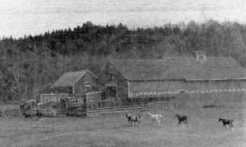
This tribute is about a man who had a vision for perpetuating and preserving some of the rarest bloodlines in today’s Arabian pedigrees…William Robinson Brown. Thanks to his foresight we are still able to enjoy the quality of these bloodlines in our Arabians of today, bloodlines that are still being preserved by a few select breeding programs. One of those programs belongs to Maloof Arabians, now in Colorado, but originally from Vermont.
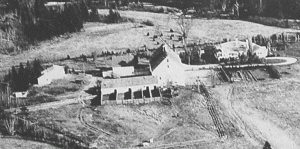
W.R. Brown was among three brothers who inherited the Brown Paper Company. Brown had the responsibility of managing all the woodlands acquired by his father, W. W. Brown, which consisted of vast tracks of timber.
Brown was educated at Harvard, so with his education, money to back him, and his deep love for the Arabian horse, Brown wasted no time in establishing the Maynesboro Stud in the town of Berlin, NH. Beginning about 1912 and continuing until around 1936 when the depression apparently took its toll, causing Brown to start the dispersal of his horses. At this point in time Brown made sure that his horses went to breeders that would carry on what he had begun. Breeders like W.K. Kellogg (the cereal magnate), W.R. Hearst of San Simeon and J.M. Dickinson of Travelers Rest Stud.
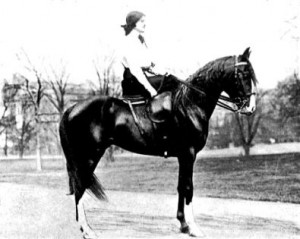
Here are just a few of the many greats that W.R. Brown contributed to the Arabian breeders of North America: Abu Zeyd, Ribal, Rizan, *Rodan, Rehal, Berk, Rijma, Gulastra, Nusara, Gulnare and *Astraled to name just a few (and ones that I would like to discuss in my follow up article “The Horses From Maynesboro”).
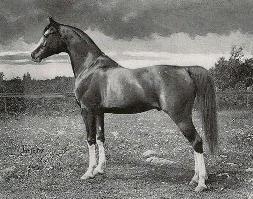
W.R. Brown produced almost 200 Arabians in all of the 21 foal crops he bred at Maynesboro Stud. Brown had imported horses from the Crabbet Stud in 1918. Some of his imports are as follows: Berk, Battla, Ramla, Rishhrash, Kasima, Numera, Hazna, Felestin, Rajafan (who was a gelding), Baraza, Ramim, Rijma, Rokhsa, Kerbela, Nueyra, Nafia and Simawa. He also purchased a group of horses in 1932 from Prince Mohammed Ali. There were other horses purchased from H.G. Hough. Brown had also obtained horses from Spencer Borden, who in turn had also imported horses from the Crabbet Stud of Lady Anne and Wilfrid Blunt. Another American breeder that Brown purchased horses from was Lothrop Ames.
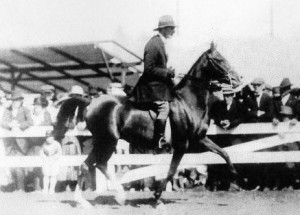
All the Maynesboro horses were double-registered, with the Arabian Horse Club stud books and the American stud books of the Jockey Club. Brown did this because a lot of the Maynesboro stock, mostly stallions, were purchased by the U.S. Army Remount and this enabled any of their offspring to be registered with the Jockey Club. Brown was a Remount agent, and so at different times he was to have stood other stallions, besides his own. Two of the most valuable were *Astraled, and the other being *Rodan. Brown was able to acquire *Astraled later on, and bred the great stallion Gulastra who lived to be 32 years old.
Brown, also being a member of the Remount board, believed strongly in the fact that the Arabian horse would make a superior Cavalry mount. He knew that Arabians had great endurance, and so he worked on proving this quality in the Arabian by using them in many of the endurance trials.
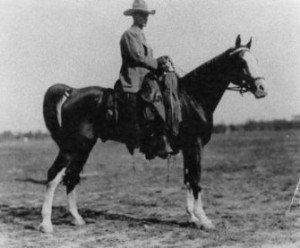
Many of Brown’s own horses won these events. *Crabbet and *Ramla won three of the five U.S. Mounted Service Trials. Also, *Noam, *Rodan and Kheyra were very successful competitors. Brown’s first entries were through The Morgan Horse Club Endurance Test. This consisted of 154 miles. There were nine entries, a combination of Morgans and Arabians. This event was held in 1913 in the state of Vermont. The first to arrive at the finish line was Maynesboro’s Anglo-Arab mare Halcyon. She carried 180 lbs. in just 30 hours and 40 minutes. *Rodan of Maynesboro came in fourth. The rides that brought the most notoriety for the Arabian horse, were the tests conducted for the U.S. Mounted Service Cup. These events were held from 1919-1923. The first ride in 1919 was won by *Ramla, a Maynesboro Arabian. There were 14 entries, all covering a distance of 306 miles in five days, traveling about 60 miles per day. It took *Ramla 51 hours and 26 minutes carrying 200 lbs. In 1921 the Maynesboro Stud took a first, third and fifth. The chestnut Arab ‘Crabbet’ taking top honors by completing 310 miles in 49 hours and 4 minutes. He was also in the best condition out of the six horses that had finished.
After all the results had been compiled from these rides, it showed that the Arabs and half-Arabs had the highest percentage of finishes and also had the lowest percentage of leg injuries. All the horses carried the same weight, regardless of their size. So in 1923, the Maynesboro Stud had earned the right to possess the Mounted Service Cup. At this time Brown also decided not to enter any more Arab horses, as it was becoming completely dominated by them. So by not entering any of the Arabian horses, this enabled the Army to win the Mounted Service Cup, which they had tried for so long to obtain. Thus proving what W.R. Brown had set out to do. To show that the Arabian truly was a superior horse, which could and eventually did, benefit the Cavalry Remount Service.
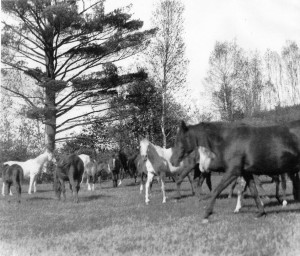
W.R. Brown was also a member of the Arabian Horse Club of America, founded back in 1908. In the year 1912, Brown became a member, and in 1925 was elected president. He held the office for several years, until his resignation in 1939. When Brown first joined the club it was all but falling apart. Just a few people, H.K. Bush-Brown, the sculptor, and Doc. H. Fairfield Osborn, were holding occasional meetings just to keep the club intact. Brown worked hard to pull the people together. It was at a much needed time when Col. Borden finally decided to turn over his stud books and papers to help keep the club going, thus preserving all this valuable information for the future generations of breeders. Borden’s decision to do this enabled the club to finally have the completion of Arabian registrations in America. Brown further influenced other breeders to join. Albert Harris joined, as well as W.K. Kellogg. So the rest is history…We now have a strong registry which hopefully will be around for many generations to come.
We owe a great debt of gratitude to a man who not only dedicated much of his life to the preservation of the Arabian horse, but who also pulled an organization together and helped create the high standards we all, as Arabian owners, share today…
In my next article, I would like to discuss the different horses of Maynesboro, and the contribution they have made to the pedigrees of Arabians today.
I would like to thank Mr. McCarthy of Gorham, NH, Plymouth State College, Professor William Taylor, John Dobkins of Northern Exposures and the Berlin Library for all the time they took in assisting me in my research. Last but not least, my dearest friend Suzen, who gave me the encouragement to start such an undertaking…it has been quite a learning experience!
References: Brown Bulletins, W.R. Brown’s “Horse of the Desert” The Maynesboro Arabian Stud (1927), Anthology of Articles (Khamsat), The Crabbet Symposium Reference Book, The Crabbet Arabian Stud (Archer, Pearson, Covey) and pieces from The Crabbet Influence.

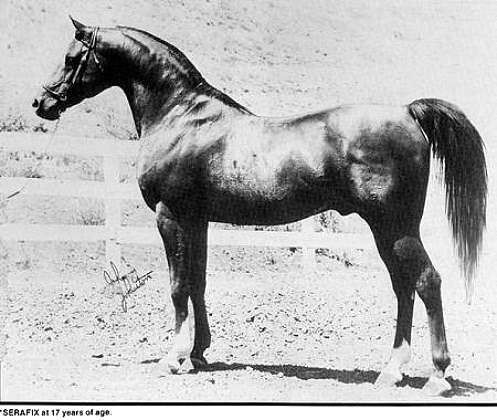
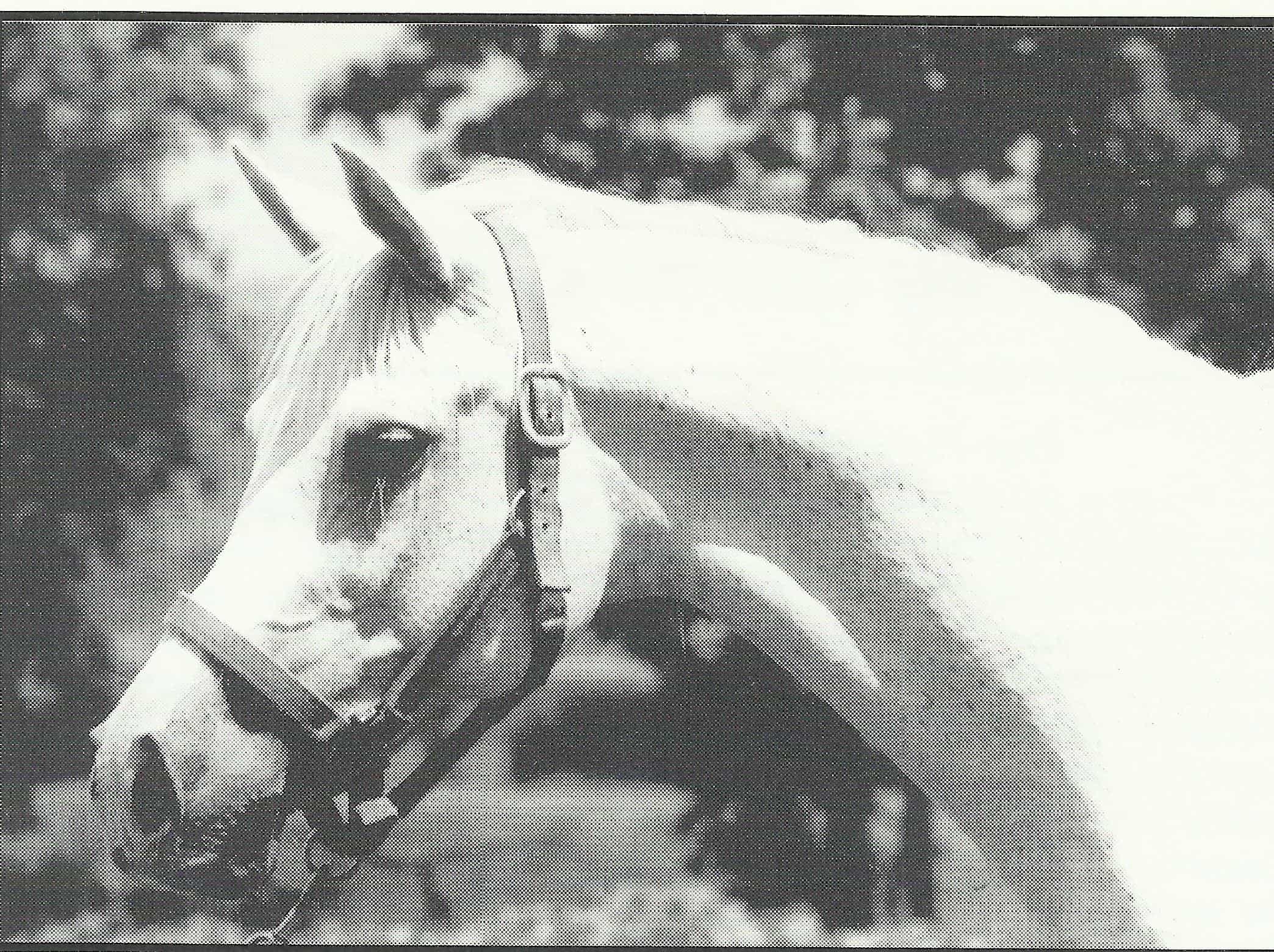

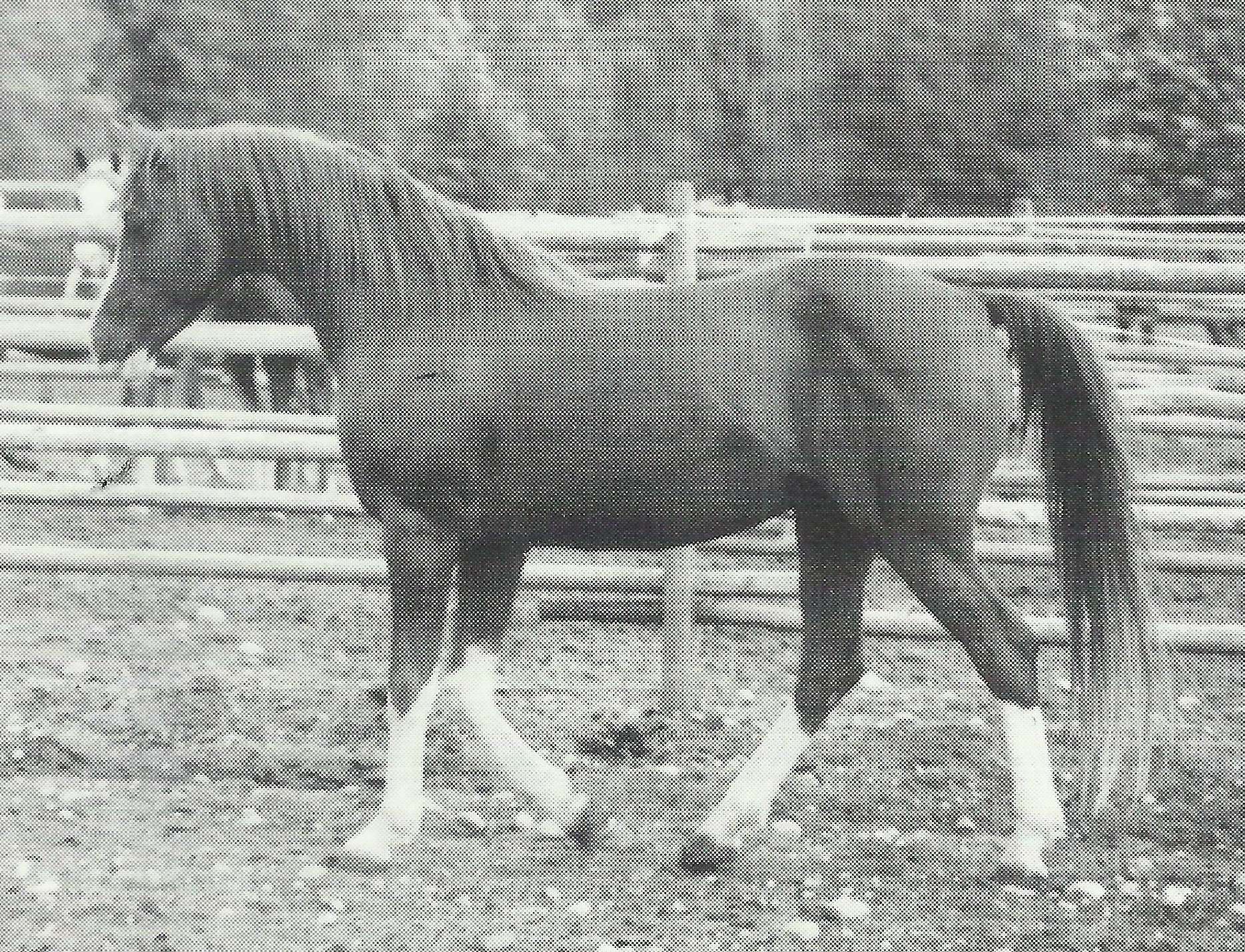
Walter Nadeau says
Angela,
It was Kim who inspired the Berlin & Coos County Historical Society(BCCHS) to sponsor a Memorial ride in 2012 to celebrate the 100th anniversary of the Maynesboro Stud.
Walter Nadeau---BCCHS
Kim Fortune says
Thanks so much Angela, for this article. As you may or may not know in 2012, the 100th Maynesboro Stud Memorial Ride was held for the founding of the stud, with much success! Maynesboro's original barn is one of the oldest original Arabian barns left and nationally preserved. Additionally, this year as you mentioned recognizes the 100th year anniversary 1919-1923, of the US Remount testing with Arabians (forbearer to the competitive/endurance rides today) right here in NH with W.R. Brown being a major organizer & participant. Might be nice to see this 306 mile ride done this year again!!! The New Hampshire community took great pride in this event! Check it out here: (you may need to page down) http://www.berlinnhhistoricalsociety.org/?author=0&paged=4
Angela says
Kim, thank you very much for visiting the site and sharing the link to the Berlin Historical Society! I don't know if you knew that a lot of the information for the Maynesboro articles, written by Gaye, were researched with help from your organization so we feel a sense of gratitude for the contribution!
Anyone who visits the site should scroll and enjoy some of the other posts about the society's efforts and work to preserve the Maynesboro barns (and how cool would it be to have events hosted there?!).